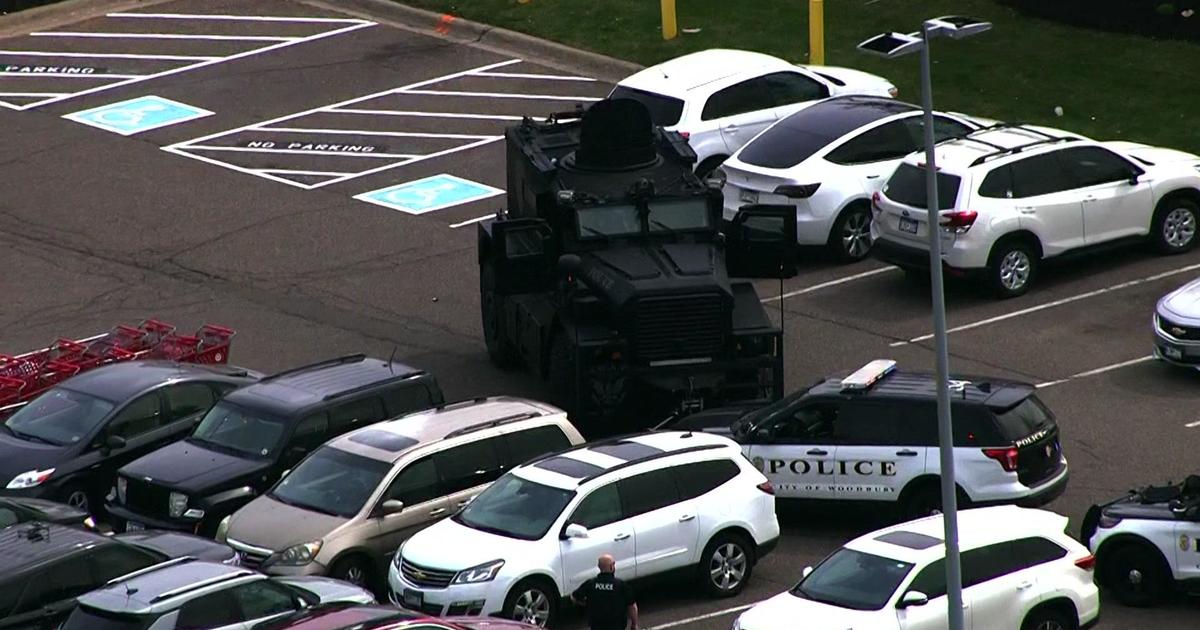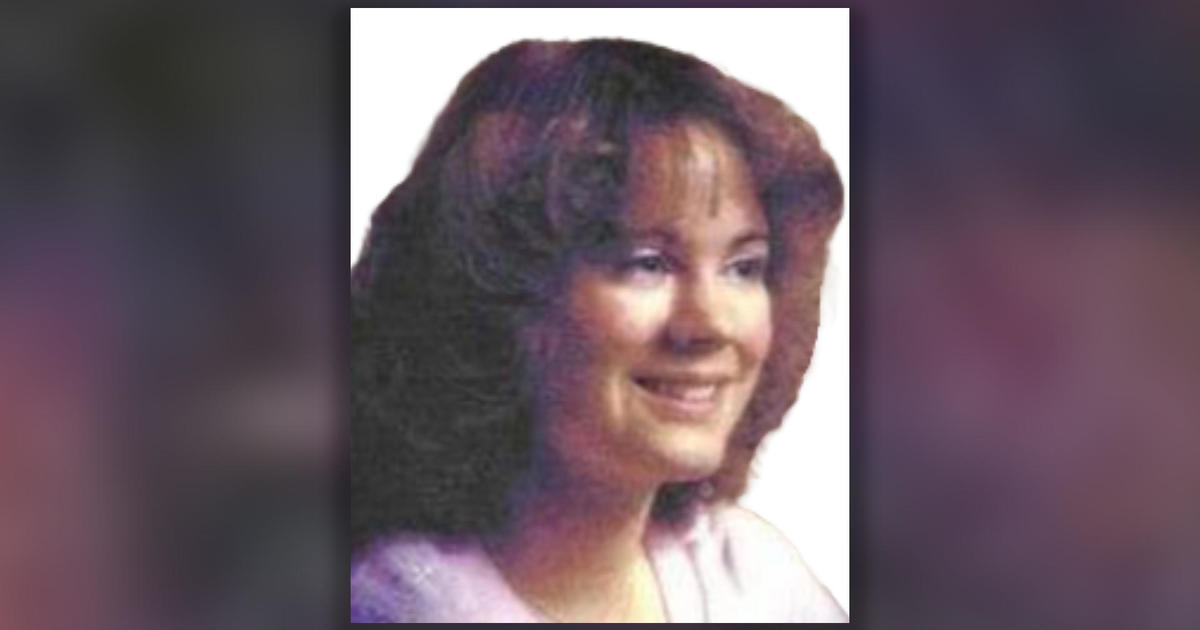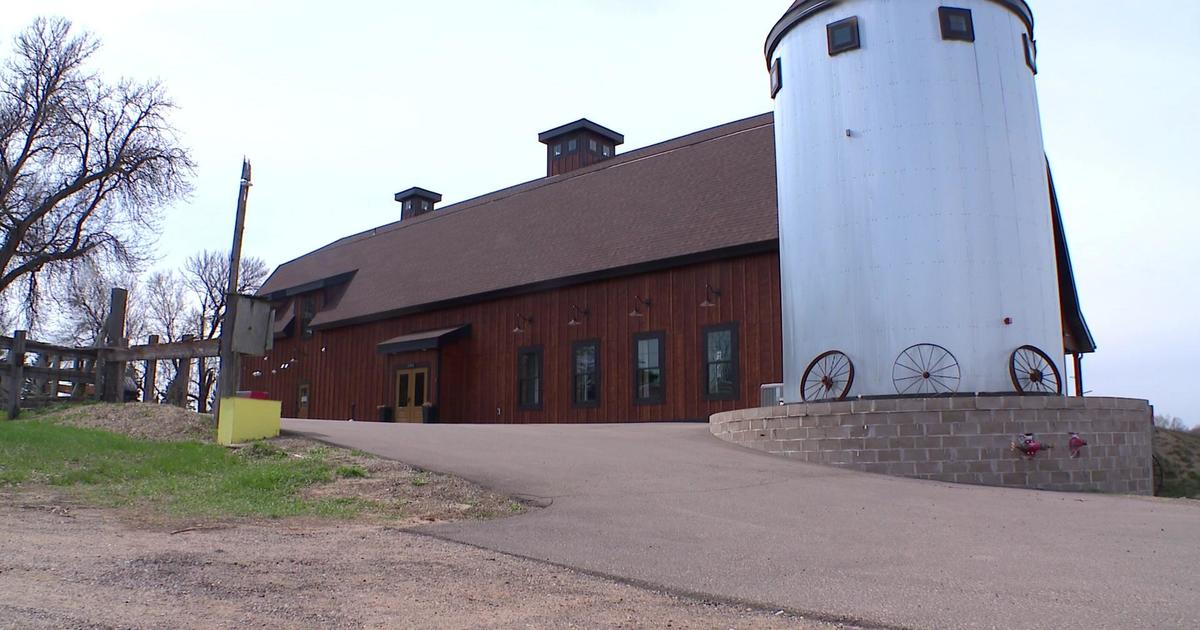ATF Technology Helps Connect Guns To Crime Scenes
This was originally published on Nov. 8, 2021.
MINNEAPOLIS (WCCO) - Every gun shell left behind at a crime scene tells a story, and technology can help investigators uncover the plot.
The Bureau of Alcohol, Tobacco, Firearms, and Explosives runs a nationwide computer database that helps local police solve crimes. Entries quadrupled between 2019 and 2020.
Yellow numbers on the ground at crime scenes represents evidence, a shell casing from a bullet fired. The casings contain a gun's signature.
"Each firearm makes distinct markings on the shell casing," Will McCrary, Special Agent in Charge of the ATF St. Paul Field Division said.
They are collected and submitted to be entered into the NIBIN system, which stands for National Integrated Ballistic Information Network. It's designed by the ATF to provide automated ballistic imaging for law enforcement partners.
"A 3D image is created and given a computerized numerical identifier within the system. There will also be a place holder for shell casings where a firearm has not yet been recovered," McCrary said.
There are three NIBIN systems in Minnesota. At the Bureau of Criminal Apprehension, Hennepin County Sheriff's Office, and one at the Minneapolis Police Department.
"It's a repository for casing images," said Tim Sittlow, a Forensics Firearm Technician with MPD.
His day is spent putting evidence into what's called BrassTrax.
He takes images of the grooves, picking up the unique markings only made by one gun. The process can reveal connections between crime scenes.
"We just had one the other day that was 14 or 15 leads. So 14 or 15 different crime scenes that a gun was linking to," Sittlow said.
If police recover a gun, techs will shoot into a water tank to get a bullet and shell casing to upload into the system.
"So all it's giving us is the lands and groves of the inside of the barrel," Sittlow said.
When there's a match, clues or leads are pushed out within 24-48 hours.
Confirmed hits take longer.
McCrary says fewer crimes would be solved without NIBIN.
From September of 2020 through August NIBIN created 1,436 leads in Minnesota. Of those, 902 were given to investigative partners.
That includes a case where prosecutors charged three people in a straw-purchasing scheme, accused of illegally buying 47 guns in a month for someone else.
"It's a way for information to get, that we wouldn't get any other way," McCrary said.
Nationally, there are currently 4.5 million pieces of ballistic evidence stored in NIBIN.



